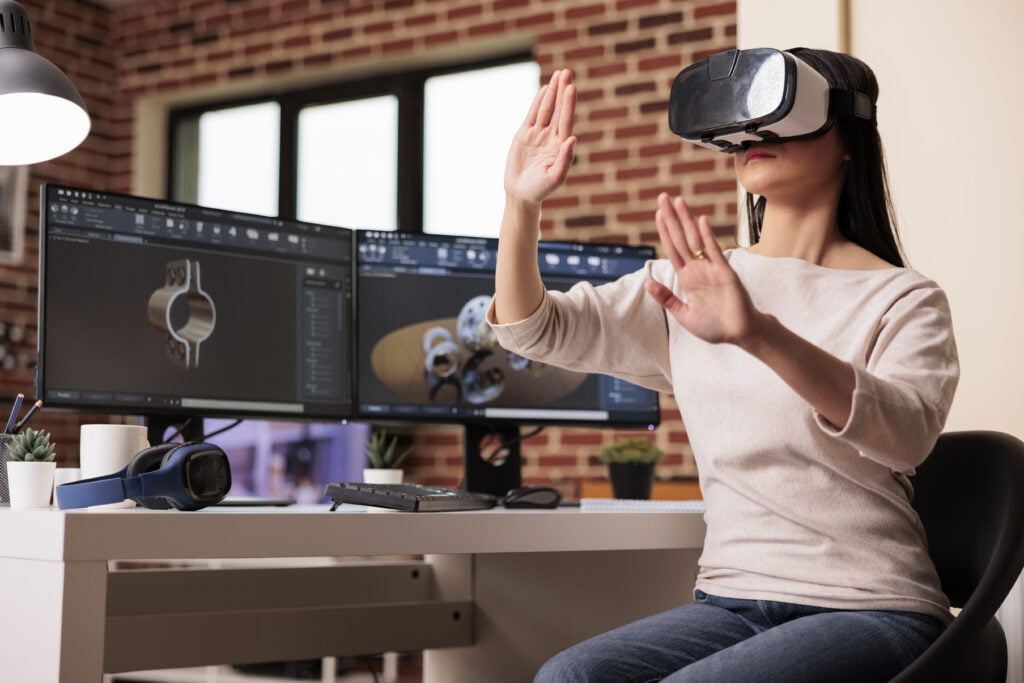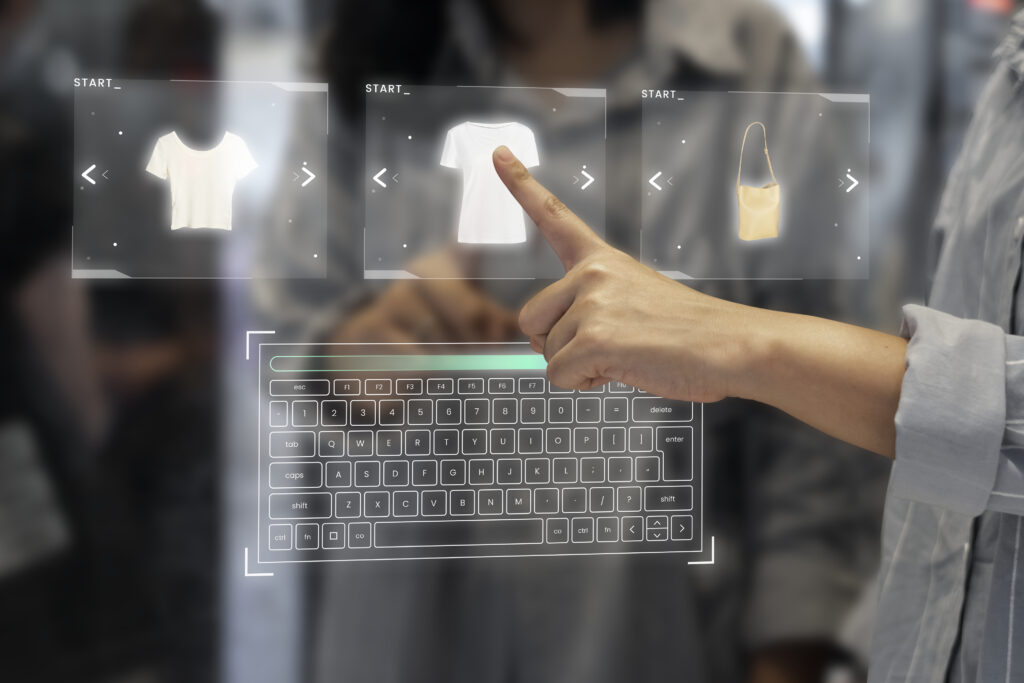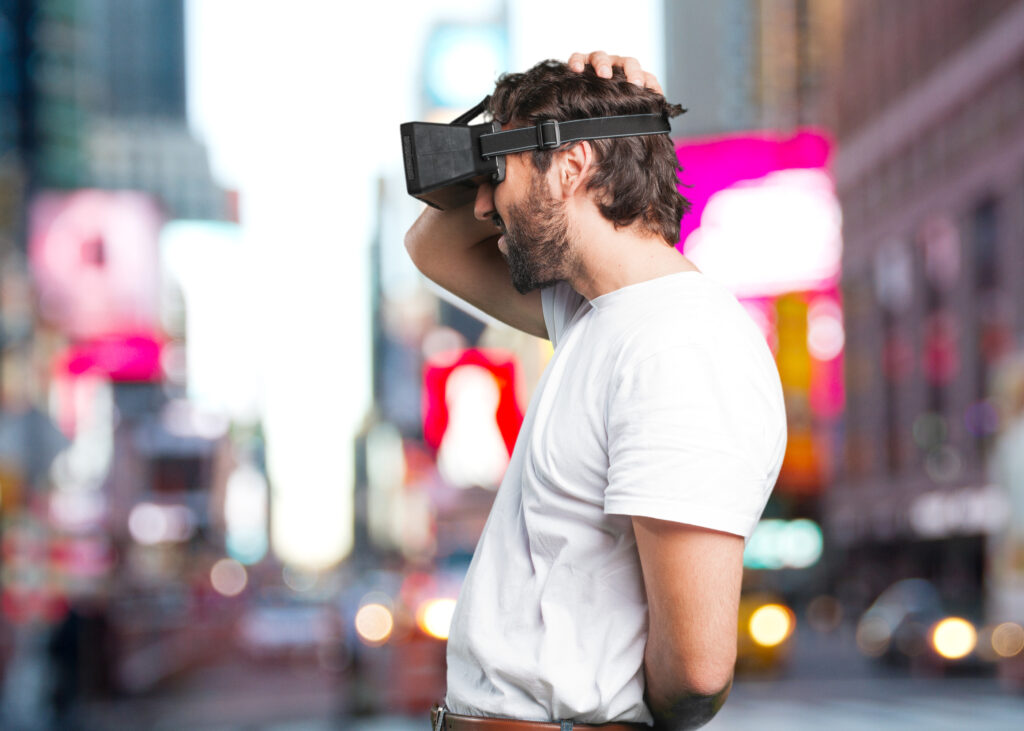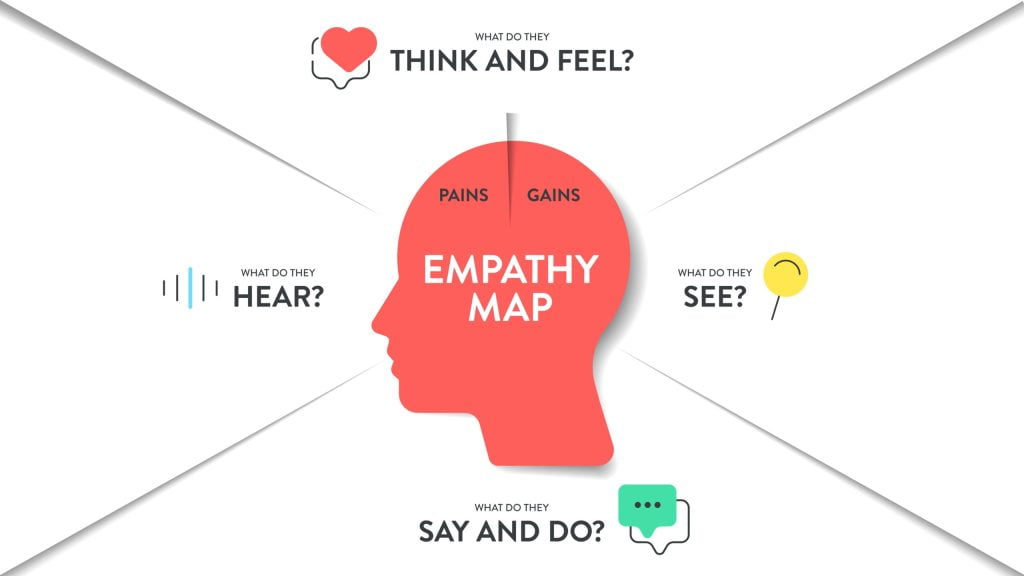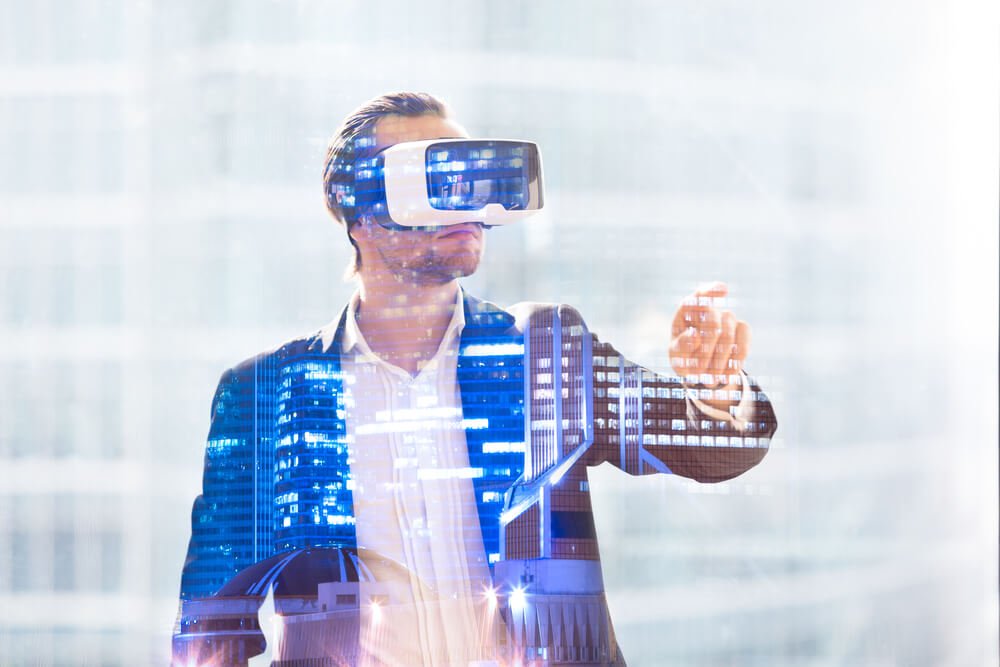Augmented Reality in the Food Industry
Table of Contents:
AR is one of the hottest concepts in the world of technology. Due to the vast possibilities it offers, Augmented Reality is finding more and more applications – from business to entertainment, and also in the food industry. But how is AR technology being used in the food industry? Read on to find out.
What is AR technology?
AR stands for Augmented Reality, a technology that is primarily used to connect our real world with virtual objects. It can be described as a synergy of the world around us and enhanced 3D computer graphics and animations. To enjoy the world of Augmented Reality, all you need is a smartphone with an appropriate application or a set of special glasses. Armed with one of these devices, you can perceive a coherent combination of two worlds and enrich your life with a completely new experience. Thus, it can be said that this technology is designed to add a new informational dimension to normal reality. So, it’s not just about having fun – it’s also about enriching content, broadening our experience, and deepening our knowledge.
Augmented Reality technology in the food industry – how can it be used?
Connecting products and regulations through AR
As we have already mentioned, AR technology combines the real world with the computer-generated world to enrich the customer’s environment with interactive information. Looking at the world through the prism of their phone screen, a smartphone user sees more. For example, when they look at food items in the supermarket, recipes using those products as ingredients pop up next to the food packaging. The Augmented Reality software can recognize the object viewed through the smartphone’s camera (using predefined markers or a GPS transmitter) and apply additional elements to it, such as text, data, 3D objects, or even video.
A better understanding of market novelties
AR technology in the food industry is also perfect for presenting market novelties. Today, displaying a product on the shelf is not enough to encourage customers to buy it. For this reason, more and more highly regarded brands in the food industry are opting for an innovative approach and, thanks to AR, are able to know more about new products being launched in the food industry. Furthermore, Augmented Reality provides the opportunity to place additional multimedia content on traditional product packaging, billboards, and flyers. This means that the area of communication can be increased, and the needs of potential customers can be better understood.
Unlock the future with Mazer: Your innovation partner.
Presenting menus in restaurants using AR
AR technology can also be successfully used to present menus. All you need is the right app to scan an item on the list, and you will be shown a picture of what the meal really looks like. For example, Domino’s Pizza not only offers its customers the opportunity to see what their pizza looks like before delivery but also to virtually select the toppings.
Increasing reliability and quality control with AR in the food industry
The quality of the ingredients used in the food industry is extremely important. Today, most of us want to eat healthily and be sure that the foods we buy positively affect the body. With such customer needs in mind, the food industry has begun using Augmented Reality technologies to inspect how food is produced and transported. For example, NexTech AR uses Augmented Reality to show restaurant-goers the entire process of how their seafood is sourced and delivered, from the boat where it is caught to the conditions under which it is transported to the restaurant.
Training for the food service industry using AR
AR also supports the process of training employees in how to prepare meals, learn new recipes, and deliver great customer service. Augmented Reality can even help workers to repair food service machinery and improve productivity.
Will AR technology revolutionize the food industry?
Augmented Reality can be used in many ways in the food industry. This article has presented just a few of the possibilities of AR. So, it’s worth keeping up to date with new trends in the development of AR in the food industry so that you can implement the best practices in your business.
Read also: Using Virtual Reality For Brand Marketing & Product Showcasing
How can AR technology be used in the food industry?
AR technology can be used in the food industry in various ways, such as connecting products and regulations, presenting market novelties, displaying menus, inspecting food quality control, and training employees.
How does AR technology connect products and regulations in the food industry?
By using predefined markers or GPS transmitters, AR technology can recognize food items viewed through a smartphone’s camera and display interactive information on the screen. For example, recipes using those products as ingredients can pop up next to the food packaging, providing consumers with more information.
How does AR technology enhance market novelties in the food industry?
AR technology provides an innovative approach to presenting new products in the food industry by placing additional multimedia content on traditional product packaging, billboards, and flyers. This increases communication and helps better understand the needs of potential customers.
How does AR technology support employee training in the food service industry?
AR technology can be used to train employees in various aspects of food service, such as preparing meals, learning new recipes, delivering great customer service, and repairing food service machinery. It can also improve productivity and efficiency.
Unlock the future with Mazer: Your innovation partner.
Author: Rafał Siejca
Rafal has over twenty years of corporate experience, including roles at Millennium Bank, Comarch, and leading software teams at PZU, one of Europe’s largest insurance companies.As one of Poland’s few true VR experts with a decade of experience, he ensures timely, high-quality project delivery as CEO and CTO.


